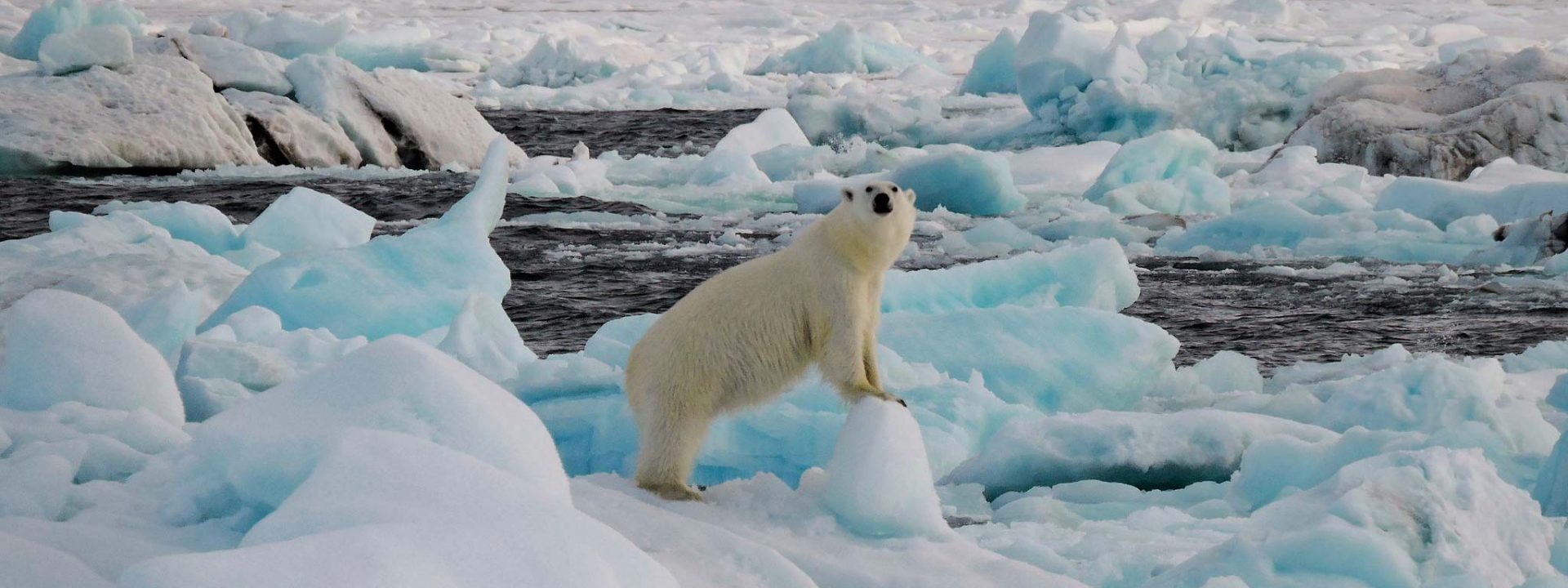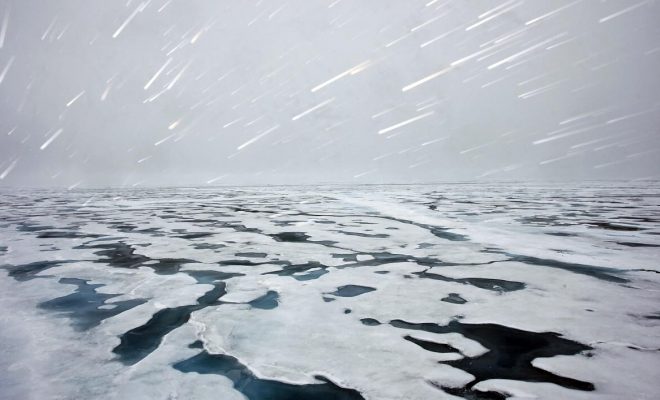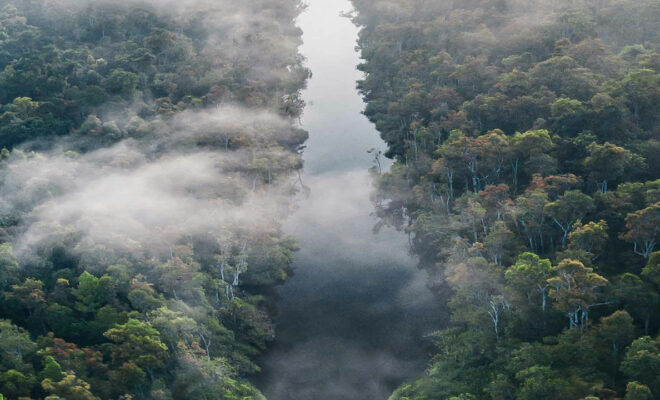
Flooding in Houston, Texas USA
©Tom Fitzpatrick, FUGRO – World Meteorological Organization
In Siberia, some towns exceeded 40ºC at the end of June, with three consecutive temperature records in one week. This happened near areas with the lowest average temperature records in inhabited places around the globe, around 50 degrees below zero (the record is held by the Siberian town of Oymyakon with -71,2ºC). In these areas the thermal variation between winter and summer has exceeded 90ºC, something unprecedented on Earth since the availability of observatories.
There were huge fires whose smoke reached Canada and the United States and the situation was described by the Russian Hydrometric Center as “highly worrying and unprecedented”. High temperatures have caused an accelerated and unusual melting of the Laptev Sea, a sector of the Arctic Ocean, which extends along Siberia’s Eastern coast, the Taimyr Peninsula and the islands of the Northern Land and New Siberia.
In Siberia not even the oldest people had experienced something similar, and in the northern Scandinavian Peninsula, in the Arctic Polar Circle, temperatures in mid-July have reached a historic record. In Sweden, over 50 forest fires caught the government of the country by surprise, which was forced to request international aid to extinguish them.
The heat waves of this unusual month of July have reached areas further south of the Polar area. Texas and California (United States) and Caucasian cities such as Tbilisi (Georgia) or Yerevan (Armenia) have experienced them. Many cities in northern Africa experienced a heat wave at the beginning of July; in Ouargla (Algeria), 51ºC were reached, the highest temperature ever recorded in the country, according to the World Meteorological Organization (WMO). Meanwhile, in Greece, forest fires caused by temperatures of over 40ºC, resulted in more than 80 deaths in the Athens area in only two days at the end of July.
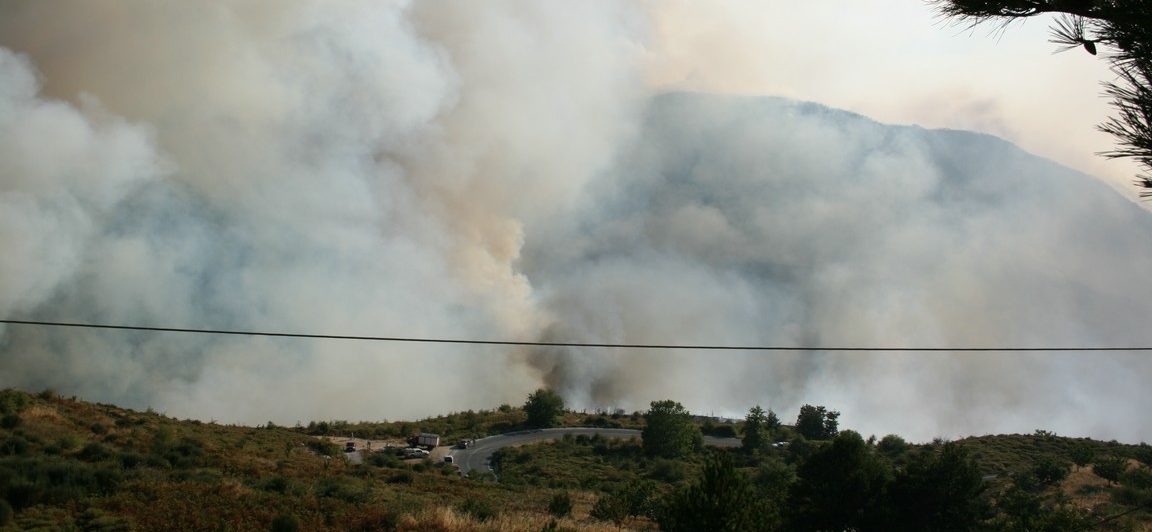
©santibon
Fire on Taigetos, Greece/Europe
In addition to forest fires, the damage that these heat waves are doing to agriculture is severe. There are areas in Russia, Canada and the United States where crops have been lost and many others, like sub-Saharan Africa, South America and India, where the heat is affecting areas where droughts are endemic, as warned by FAO.
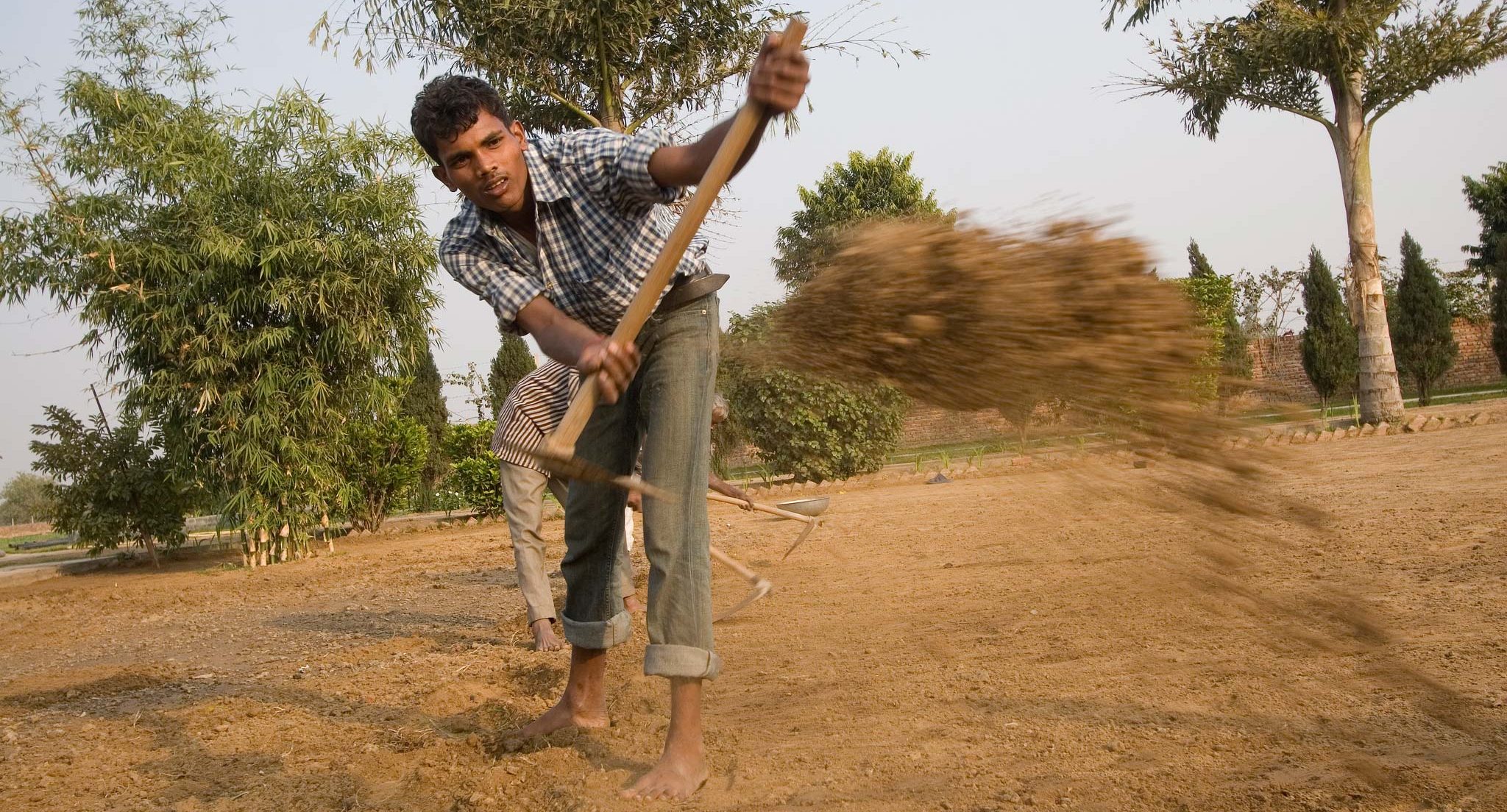
Fields in Bilaspur, India
©ILO/Benoit Marquet
Permafrost thaw alert
The extreme heat wave in high latitudes has also occurred in Canada and Alaska, causing the melting of the permafrost, the layer of the subsoil or seabed that remains permanently frozen. This phenomenon has dire environmental consequences as it alters the flora and fauna of the tundra, but what scientists fear the most is the release of carbon dioxide (CO2) and methane (CH4) into the atmosphere.
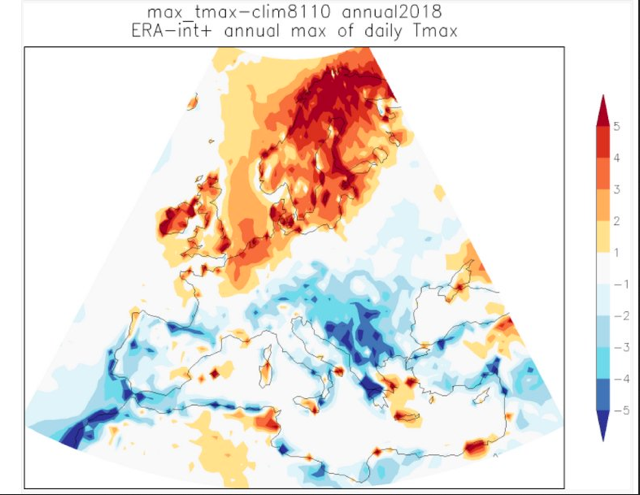
Map obtained by the European Centre for Medium-Range Weather Forecasts (ECMWF) which shows the anomalous average temperature of the warmest days in 2018, analyzed until July 24th 2018 and with a forecast up to July 31st. The anomaly is obtained by comparing these values to those of the 3-day maximum temperature in the period 1981-2010, which is currently the period defined as “normal” according to the data of the ECMWF Re-Analysis Project (ERA)
For millions of years, the permafrost has accumulated great reserves of organic carbon. A study published by the magazine Nature Geoscience in 2016 estimates that between 1.4 and 1.85 trillion metric tons of organic carbon have remained trapped in the subsoil and the seabed of the northern oceans.
Once the subsoil melts, this gas is released into the atmosphere increasing the greenhouse effect. Specifically, methane is the one that concerns climatologists the most as its potential for heat retention is 33 times higher than that of carbon dioxide.
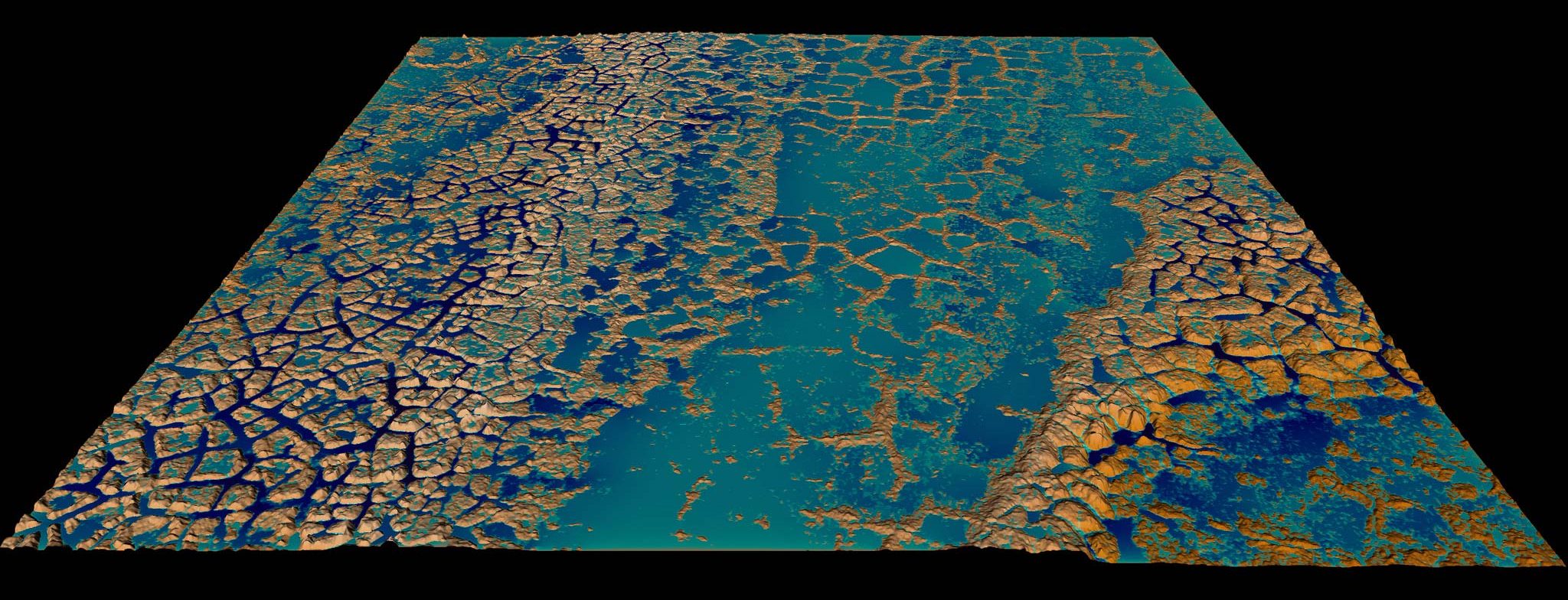
Climate feedbacks from a warming arctic
Arctic soils currently store nearly 20 years worth of human emissions of carbon in frozen permafrost, but the Arctic is warming faster than most of the rest of the Earth, meaning that this carbon may soon thaw and be released as greenhouse gases.
Los Alamos National Laboratory scientists work to understand the fate of this carbon using computer simulations such as this model of snowmelt draining from polygonal ground near Barrow, Alaska.
Violent meteorology
At the beginning of July, the skies opened in Japan in the Hiroshima, Okayama and Ehime prefectures. More than one thousand liters per square meter were recorded there in four days. The floods and landslides caused more than 200 deaths, 1.6 million evacuees and enormous material damage.
An unusual heat wave affected the entire archipelago just after the floods and at the end of July, Typhoon Jongdari hit again the areas that had been most affected by the floods, bringing torrential rains and winds of over 100 km per hour.
This first half of the northern summer is thus confirming the forecasts of the Intergovernmental Panel on Climate Change (IPCC) announced in its Fifth Assessment Report (AR5), which forecasts an increase in extreme events, such as droughts and heat waves, and violent weather events, such as torrential rains and hurricanes and typhoons.
Climate services for adaptation
Although these phenomena must always be considered from a suitable statistical perspective as episodes to be placed on the appropriate time scale, what happened at the beginning of the summer fits in with the scenarios foreseen by the scientific community as a consequence of global warming. And what is clear is that we have to adapt to the reality of phenomena that are going to increase.
As pointed out by Tomás Molina, head of meteorology at Televisió de Catalunya (TV3) and IPCC reviewer, “water is the only element in nature that can be found in its three states or phases of matter: liquid, solid and gas. Global warming increases the amount of available energy and this makes it easier for water to change phase, which means more rainfall, more water will be available, but the problem is knowing’how’,’when’ and’where’ it will rain.”

And this uncertainty is the worse consequence of climate change. The alteration of the climate patterns, the anomalies in temperature and rainfall, and the violent meteorological phenomena are changes that have a high social and economic impact. Climate science faces the great challenge of having to move forward in the improvement of the forecasting capacity to reveal those uncertainties and to be able to deal with them efficiently.
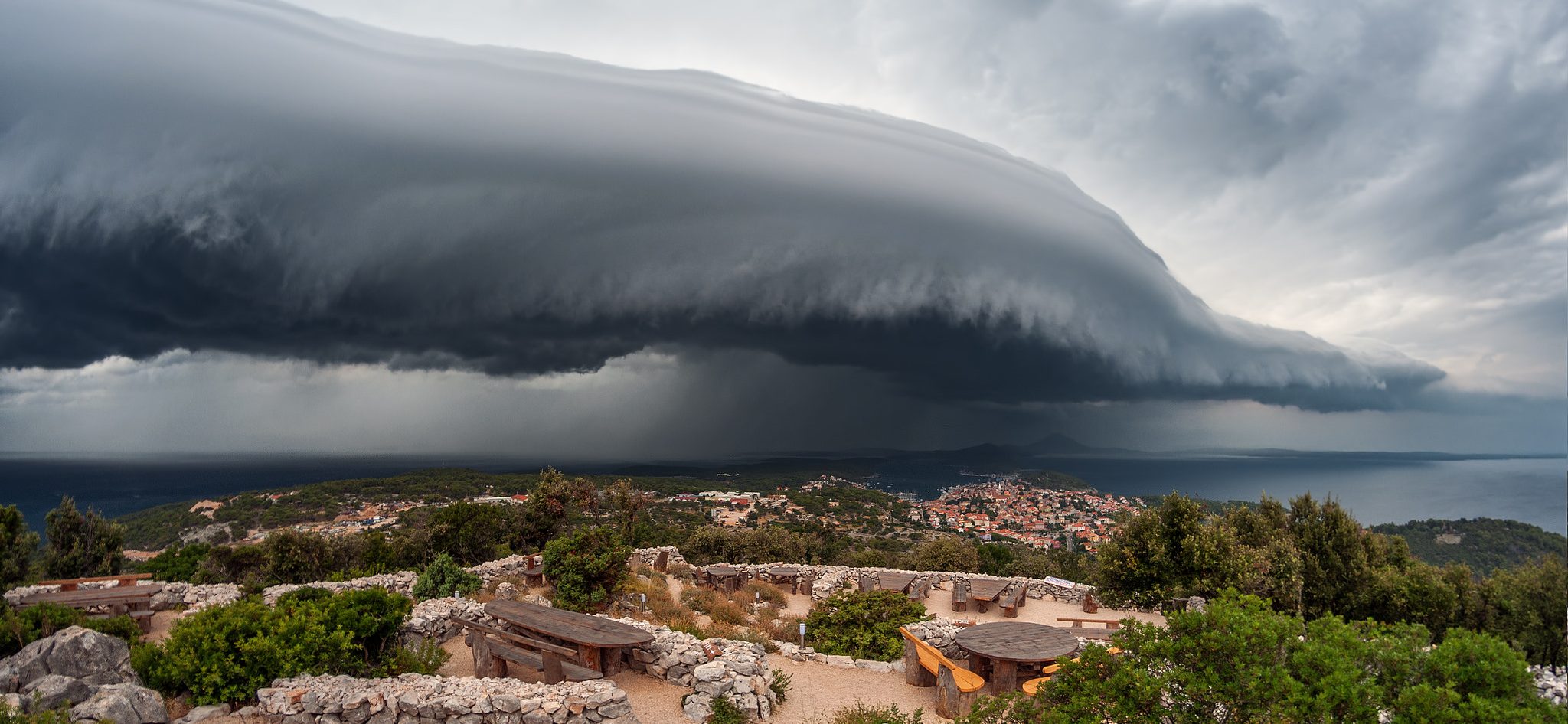
Cold front in summer (July). Location: Mali Lošinj, Croatia / Europe
© Sandro Puncet. World Meteorological Organization
As commented by Manuel Pulido, director of the Chair of Climate Change at the Universitat Politècnica in Valencia, in an interview in iAgua: “It is essential to develop specific products and applications that transform the available climate data and projections into useful information for decision making in the different sectors that need to face the challenge of adaptation.” According to Pulido “it is necessary to close the gap between science and practice, from research to markets to meet society’s challenge in the face of climate change.”
The European Union considers these climate services to be key in the design of adaptation strategies, especially when the uncertainty of forecasts becomes evident. To this end, it has set up the European Adaptation Platform (Climate-Adapt) to promote access to and exchange of information on adaptation in sectors where Community policies exist and on Member States’ initiatives in this field.
Although it is still too soon to draw conclusions, most of the scientists consider that the episodes of the first half of the summer in the northern hemisphere are signs of how climate change can affect us. The climate sciences face the enormous challenge of mitigating global warming, but also of designing effective adaptation strategies, as we are already experiencing this in real life.


